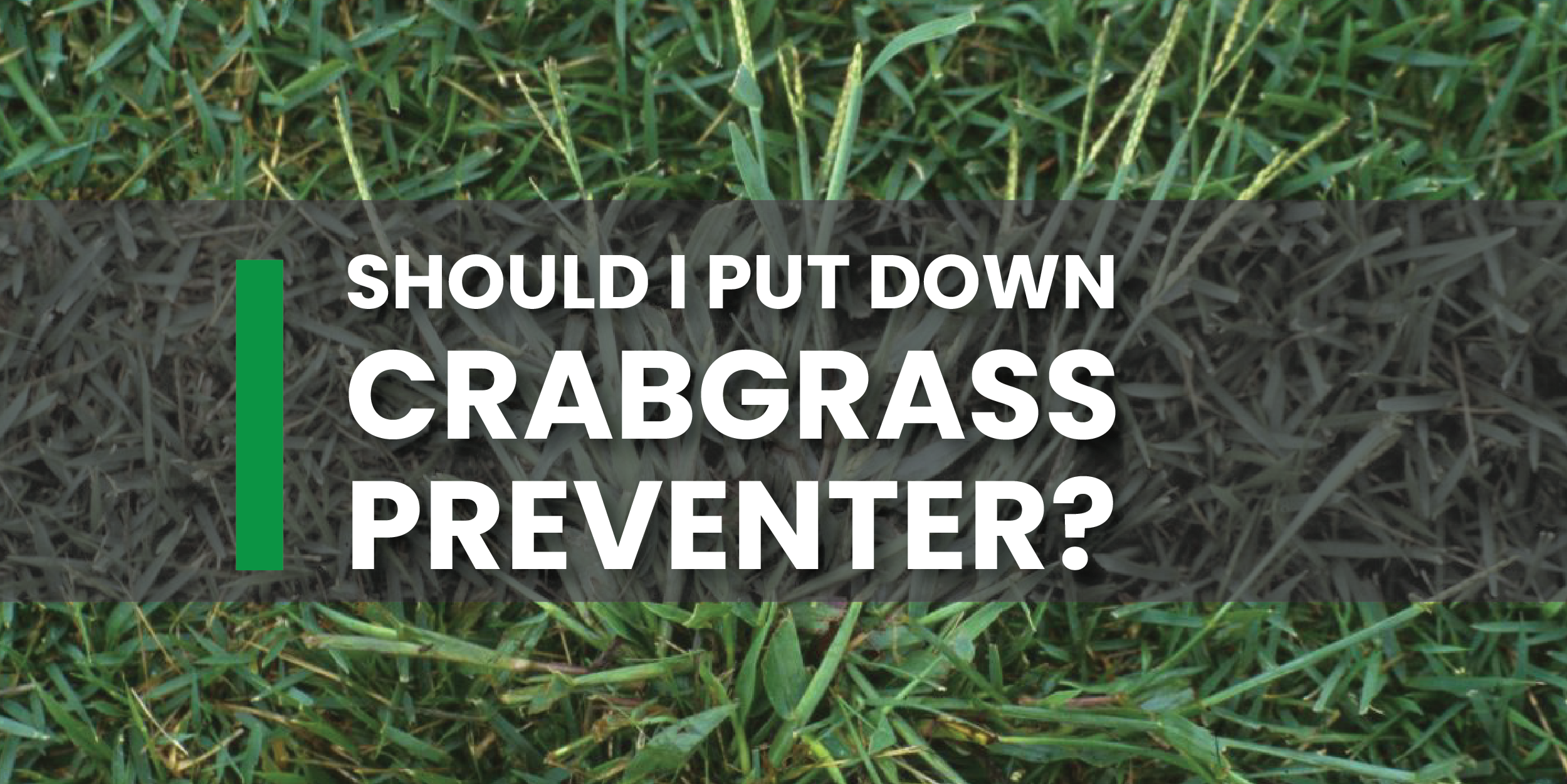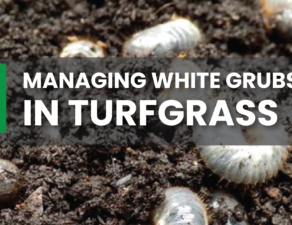
Hort Gurus:
It is definitely getting closer to spring. I had my first “Should I put down crabgrass preventer?” question today.
CRABGRASS
The answer is NO, if you are a homeowner and you plan to apply it yourself!
You can track the optimum time to put down crabgrass preventer at the growing degree website:
http://www.gddtracker.net/?model=7&offset=0&zip=46528
Be sure to click on the “Crabgrass Pre” tab on the right side.
In 2019, we entered the optimum time to apply preventer on April the 6th.
Remember, southern facing slopes will warm quicker and may reach the required Growing Degree Days a week or so ahead of north facing slopes. It is not a perfect world.
Speaking of an imperfect world, be aware, if you hire your preventive application, they have a lot of clients for whom they need to apply the preventer.
There is no way a professional can get to all their lawns in a short period of time. They will apply it early on some lawns out of necessity.
The good news is There is very little degradation if you apply preventer in later March than if you wait until April.
So when in doubt, put the preventer down earlier rather than later. You really do not lose that much.
LANTERNFLY
This might be one of the most disturbing invasive species to hit our shores.
It is not close to us yet, but please keep your eyes open.
Identification
The Spotted Lanternfly adult is approximately 1″ long and 1/2″ wide at rest. The forewing is grey with black spots and the wings tips are reticulated black blocks outlined in grey. The hind wings have contrasting patches of red and black with a white band. The legs and head are black; the abdomen is yellow with broad black bands. Immature stages are black with white spots, and develop red patches as they grow.
Learn more about the Lanternfly here

The Spotted Lanternfly causes serious damage in trees including oozing sap, wilting, leaf curling, and tree dieback. In addition to tree damage, when spotted lanternflies feed, they excrete a sugary substance, called honeydew, that encourages the growth of black sooty mold. This mold is harmless to people, however it causes damage to plants. In counties infested and quarantined for Spotted Lanternfly, residents report hundreds of these bad bugs that affect their quality of life and ability to enjoy the outdoors during the spring and summer months. Spotted Lanternflies will cover trees, swarm in the air, and their honeydew can coat decks and play equipment.






